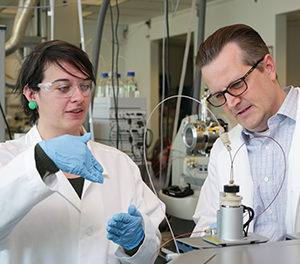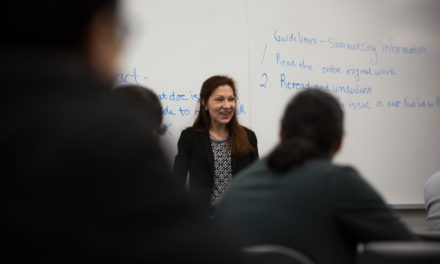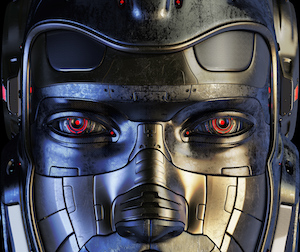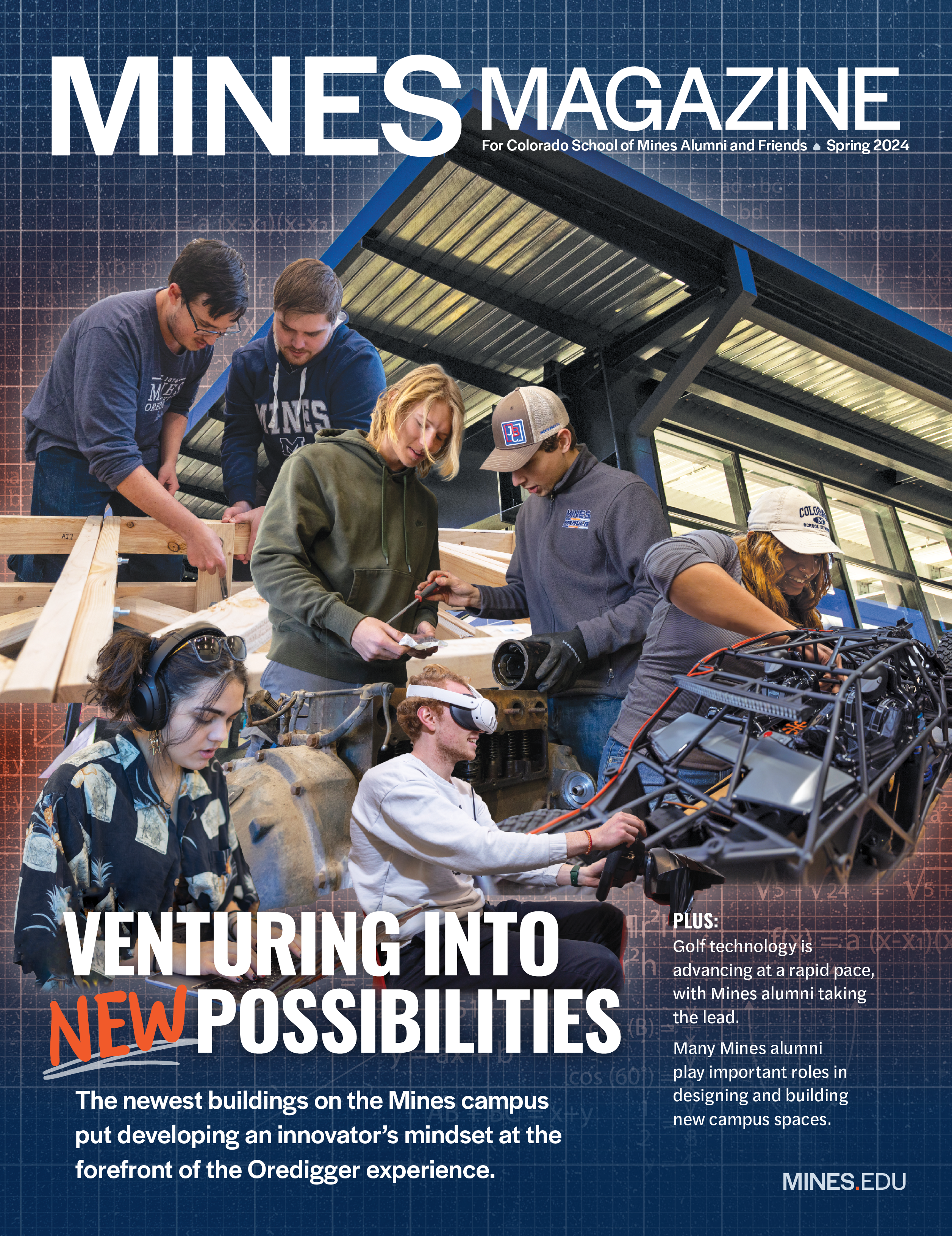In full swing
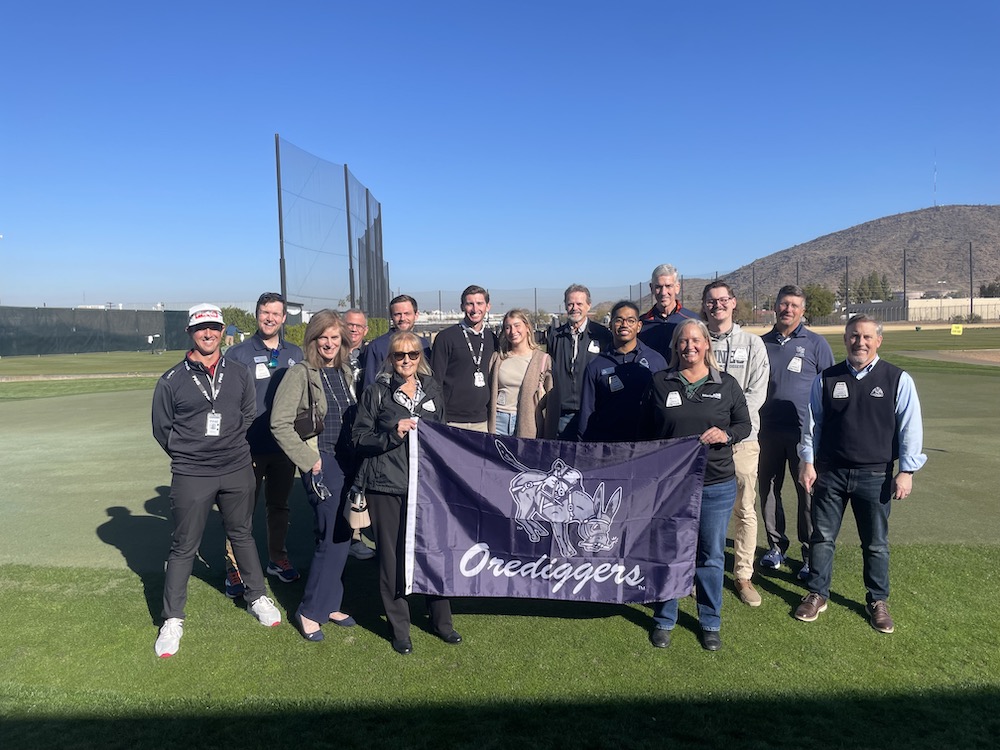
In 1980, the average driving distance of professional golfers on the PGA Tour was 256.89 yards. By 2023, that figure had ballooned to 299.9 yards—a nearly 17 percent increase—with many individual golfers averaging more than 300 yards per drive.
What changed? Today, golfers are more athletic, coaching has gotten more sophisticated and golf courses are in better shape. But, perhaps most importantly, golf clubs and balls have improved—all thanks to engineers.
Several Orediggers are helping to push the sport’s equipment forward by working as design and product engineers at top companies like PING, Callaway and Edel Golf. They’re enhancing golf clubs, balls and other types of gear—including mobile apps—to help golfers at every level improve their game.
Thanks in large part to these equipment advancements, pro golfers are now hitting the ball too far at some courses. As a result, manufacturers will need to meet new standards set by the United States Golf Association and the R&A starting in 2028. Under the new rules, announced in December 2023, golf balls cannot travel more than 317 yards under specific testing conditions. Only balls that meet these criteria will be considered conforming and, thus, eligible for use. Golfers can expect to lose between 5 and 15 yards of driver distance, depending on their skill level, because of the change.
Golfers have mixed feelings about the new rules, which have collectively been dubbed the “golf-ball rollback.” But the sport’s governing bodies have put similar restrictions on golf club manufacturers over the years—and those limitations have only made engineers more creative.
“The big misconception by the golf consumer is that there’s not much more manufacturers can do because they’re capped by regulations,” said Marty Jertson ’02, vice president of fitting and performance at PING. “But that’s definitely not the case. Put a wall around a good engineer and they’ll figure out a way to get around it.”
Better technology, better equipment
Today’s golf clubs are lighter, stronger, more forgiving and more aerodynamic than ever before. Golf balls, meanwhile, have also been optimized for aerodynamic performance, spin and height. And, every year, engineers manage to come up with new innovations that make the gear better and better.
Many of those improvements have resulted from rapid advancements in artificial intelligence, software, data analytics and computing within the last decade. These technologies help golf engineers save time, money and energy—and, ultimately, allow them to innovate more quickly.
In the past, for example, engineers had to build various golf club prototypes then take them into a wind tunnel for testing. From there, they had to analyze the data, tweak their prototypes and repeat the entire process all over again. Now, they can do much of this work using software and computer simulations.
“Companies can fully model a club, run intensive flow and impact simulations, quickly produce a prototype to the exact specifications, put that prototype in a swing robot and use a radar-detection system to gather important data points,” said Gavin Jones ’22, a design engineer at Edel Golf. “We are entering a new era of club design, backed by the immense amount of engineering knowledge and technology that is readily available.”
Engineers are also using new technologies, such as 3D motion-capture systems, to gather huge amounts of information about how clubs perform in different conditions. They can then feed that data into predictive models to optimize clubs for different goals, such as hitting the ball farther or straighter.
“Companies like Callaway are now able to collect data on all the different scenarios in which golfers swing a golf club and then design products based on that information,” said Preston Smith ’20, a research and development product designer at Callaway. “Only recently has this digital workflow matured to create products sold to the masses.”
Solving problems
Jertson, Jones and Smith may make it sound easy but, even with these recent technological advancements, designing golf equipment is challenging. By far the biggest hurdle? Human variation.
“We have some literal rocket scientists at PING, and they all say golf clubs are way harder to engineer than rockets because of that human element,” said Jertson. “It would be very easy to optimize our clubs for a robot, but we can’t do that. We have to optimize for humans. And sifting through that messiness of human beings and how they respond to different tools is really hard.”
Mines graduates are some of the best candidates for overcoming these and other challenges in the industry because they’re comfortable solving tough problems, they know how to work both individually and collaboratively, they’re good communicators and they’re self-motivated, said Jertson.
In addition to their strong work ethic and discipline, many Orediggers are also active. Even if they don’t play golf specifically, this helps them understand the relationship between equipment and athletes.
“Many of them are out playing sports, biking or skiing, so they are not only familiar with engineering discipline, but they are also aware of their own bodies and coordination, which makes designing athletic equipment a lot easier,” said Jones. “Learning engineering in a place like Golden is perfect for this reason.”

